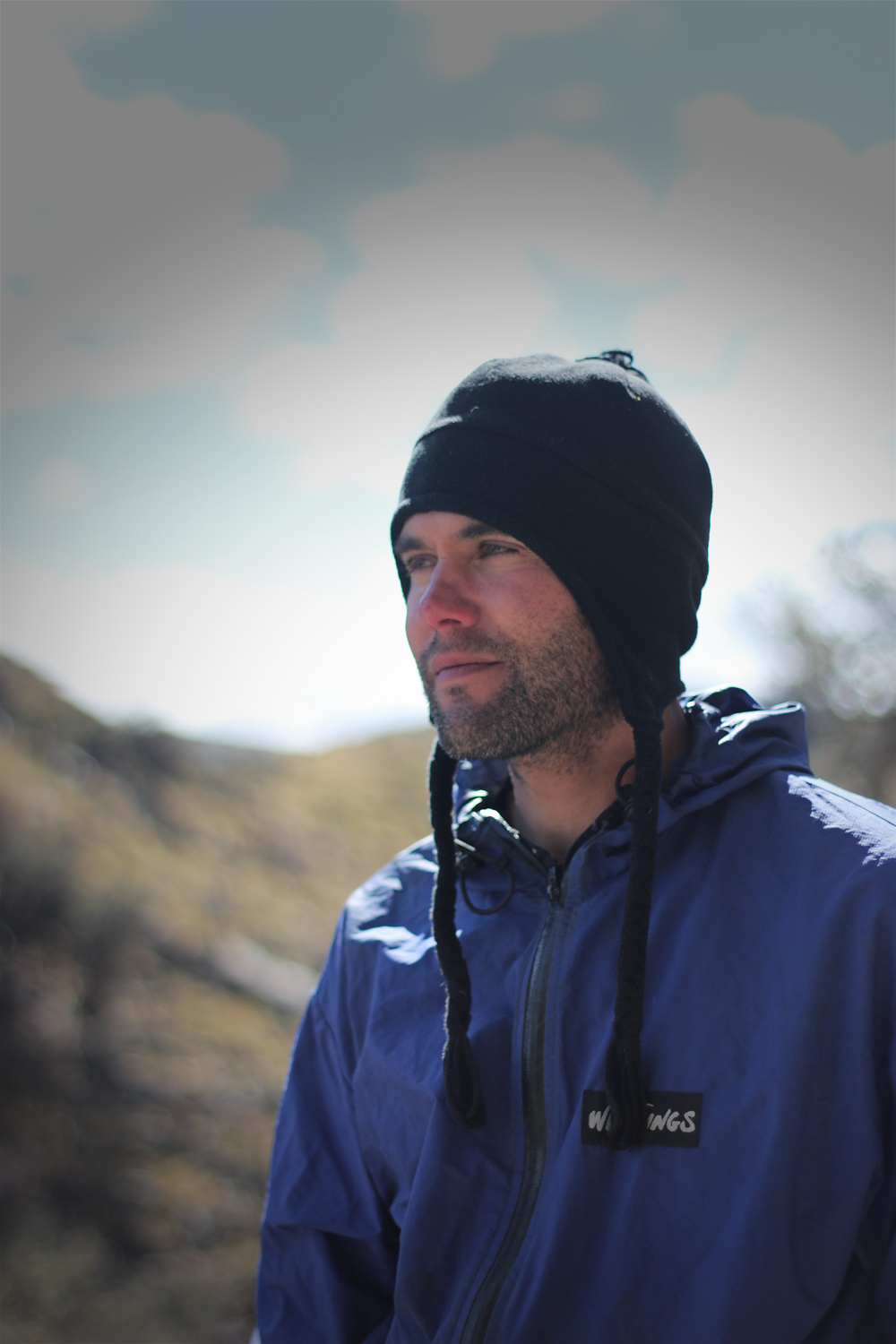-
Undergrad Spotlight: Clara Devota
Boozhoo-Aaniin. I am currently in my senior year majoring in Anthropology with a minor in American Indian and Indigenous Studies. My academic interests lie in the intersection of physical anthropology and museum studies, with a focus on the status of NAGPRA (Native American Graves Protection and Repatriation Act) remains in museum collections and Indigenous community–museum […]
-
A Recap of the 2019 CAP Field School
This past May and June, the MSU Campus Archaeology Program (CAP) hosted a 4-week undergraduate archaeology field school on campus. Fifteen undergraduate students were enrolled in the course; thirteen undergraduates were from MSU or MSU alumni and the other two students commuted from the University of Michigan, Flint. The goal of this field project was […]
-
Exploring the History of Dr. Ruth Underhill’s Work
Over the course of the past few years, Dr. Mindy Morgan (left) has been exploring the history of anthropology and engaging in new conversations regarding our disciplinary past. Dr. Morgan is an Associate Professor of Anthropology and affiliated faculty member of the American Indian and Indigenous Studies program, as well as the Graduate Program Director […]
-
New Research Associate: Dr. Gabriel Sanchez
The Department of Anthropology is pleased to welcome Dr. Gabriel Sanchez, who joins us as a Research Associate after completing his doctorate in anthropology at the University of California, Berkeley. Dr. Sanchez is part of the inaugural class of the College of Social Science Dean’s Research Associate Program. This program promotes an inclusive scholarly environment, […]
-
Making a Case for a More Inclusive Shi’i Studies
Dr. Mara Leichtman is an Associate Professor of Anthropology affiliated with the Muslim Studies Program, African Studies Center and Asian Studies Center. Dr. Leichtman specializes in sociocultural anthropology and the study of religion, migration, transnationalism, humanitarianism, and economic development. One of Dr. Leichtman’s research projects, which culminated in her book “Shi’i Cosmopolitanisms in Africa: Lebanese […]
-
Investigating Early Settlement in South America
Assistant Professor Dr. Kurt Rademaker is the Principal Investigator of a 3-year National Science Foundation (NSF) Archaeology project entitled, “Social Adaptation in a Highly Varied Spatial Environment,” which will close next year. This project focuses on some of the earliest archaeological sites known in South America to learn about the timing of initial settlement, the […]
-
New Department Chair: Dr. Todd Fenton
The Department of Anthropology is pleased to announce Dr. Todd Fenton (Professor of Anthropology) as our new Department Chair. On behalf of the Department, we would like to thank previous Chairperson Dr. Jodie O’Gorman for her years of invaluable service. Dr. Fenton looks forward to continuing this legacy and building on this strong department. Dr. […]
-
Dr. Hourani Receives Multiple Grants for International Research
Najib Hourani, Assistant Professor in both Anthropology and Global Urban Studies, received a Fulbright Fellowship and a Council of American Overseas Research Centers Senior Scholar Fellowship for his new research project working with Syrian refugees in Jordan. His project seeks to understand their needs and aspirations for the reconstruction of their neighborhoods, towns, and cities. […]
-

Featured Faculty, Dr. Kurt Rademaker
Dr. Kurt Rademaker started with MSU Anthropology in Fall of 2018. His research focuses on human biogeographic expansion into the Andes mountains and adds to our understanding of the timing and routes of initial human settlement of the Americas and the role of ecological variability in driving human adaptations and in understanding the relationships between […]
-
Dr. Ethan Watrall Receives DEADDA Grant
The Department of Anthropology is pleased to announce that Assistant Professor Ethan Watrall is part of a team recently awarded a European Cooperation of Science & Technology grant for the Saving European Archaeology from the Digital Dark Age (SEADDA) Project. The project is based on the premise that making archaeological data open and freely accessible […]